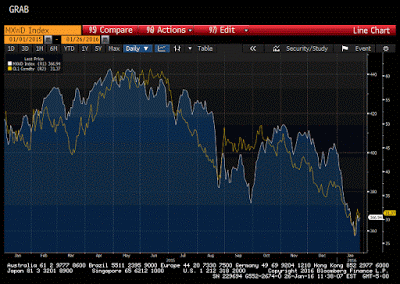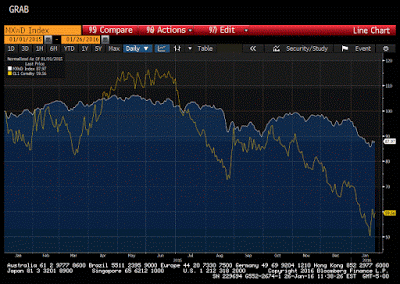The Oil and Equity Relationship in Context

Please note that we are not authorised to provide any investment advice. The content on this page is for information purposes only.
Equities and oil continue to be moving in the same direction. During the first few weeks, they were moving down together and now up together. It is frustrating for asset managers. Large cap and small cap stocks are moving together as if everything is being tarred with the same brush.
We continue to try to tease out the relationship between equities and oil prices, but there is some underbrush needed to be gotten rid of before we can have a clear space to share our tentative conclusion.
Equities and oil continue to be moving in the same direction. During the first few weeks, they were moving down together and now up together. It is frustrating for asset managers. Large cap and small cap stocks are moving together as if everything is being tarred with the same brush.
We continue to try to tease out the relationship between equities and oil prices, but there is some underbrush needed to be gotten rid of before we can have a clear space to share our tentative conclusion.
First, we need to break out of the habit of thinking that relationships can be simply eyeballed by looking at a chart. This first Great Graphic is typical of charts some analysts and reporters are showing. The white line shows the MSCI free-float weighted index of world equities (emerging and developed markets). The yellow line is the continuation contract for light sweet crude oil. It appears to be a good fit.

The second chart here shows both times series index so the movement of each can be seen on the same scale. Both began at 100 on 1 January 2015. MSCI global equity index is off about 12% through today. Oil is off by nearly 41%.
While the first chart makes it appear that an investor in equities and oil would have lost the same amount, the lower chart indicates that this is certainly not the case. Investing is difficult, and the outcome is important. We owe it to ourselves, and others to use as robust of tools as we can and be wary of pretty pictures.

Great Graphic: World Equities and Oil is republished with permission from Marc to Market




